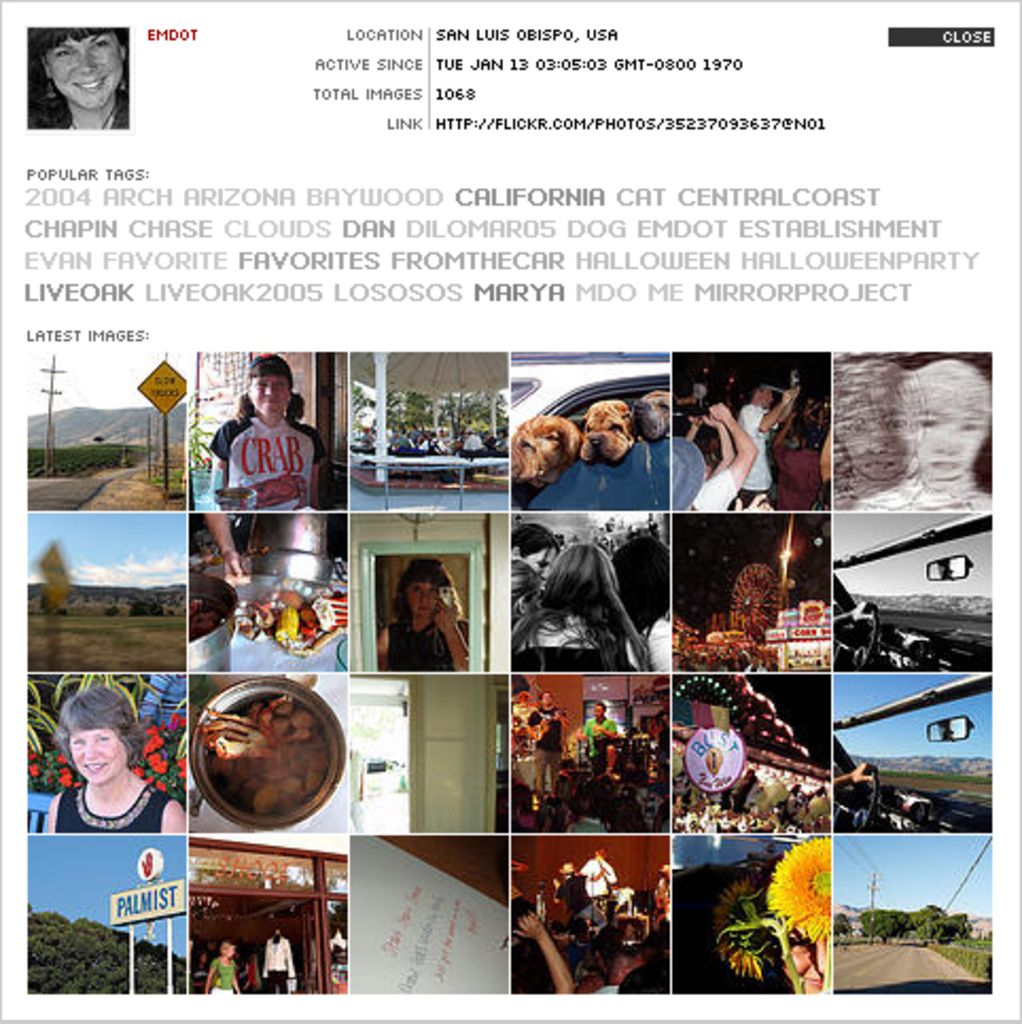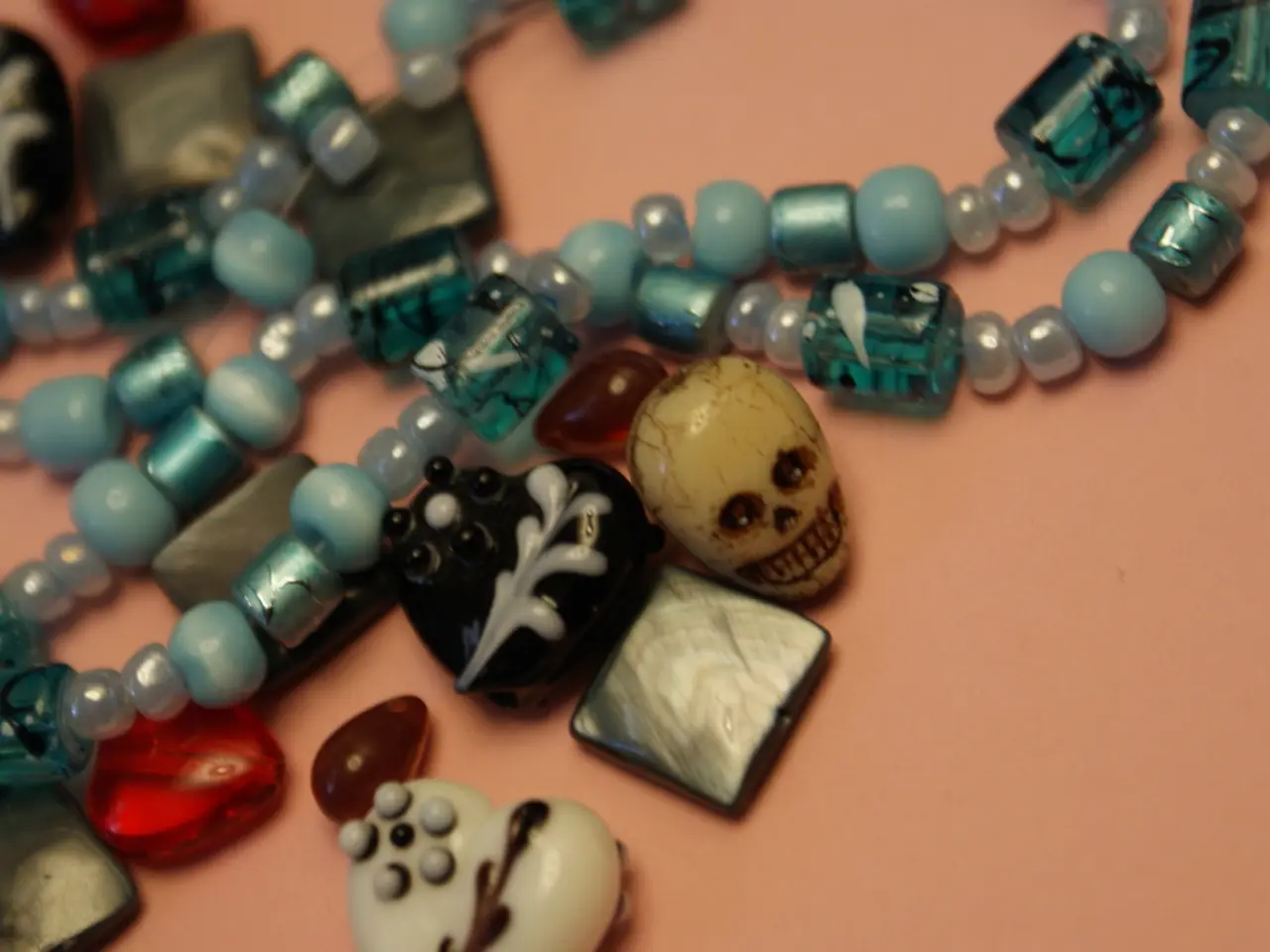Bioactive Terrarium and Vivarium Soil: The Ultimate Guide
Creating a Bioactive Substrate Blend: Recipe and Instructions Guide
You know what they say about a bioactive substrate: it's the holy grail of soil for terrariums and vivariums. And they're right! This bad boy is the foundation of a self-sustaining terrarium and meets the needs of all your plants and microfauna and microflora. Let's dive right in and make this DIY bioactive substrate recipe a reality.
What's a Bioactive Substrate?
Simply put, a bioactive substrate is a growth medium for a functional ecosystem. It supports all the plants, microfauna (tiny critters like isopods and springtails), and microflora (bacteria and fungi) necessary for a self-sustaining system.
To be truly self-sustaining, a terrarium ecosystem needs to use decomposing organic matter to drive a nutrient cycle, just like in nature. The waste from plants and animals gets converted back into food for the plants through a network of microfauna and microflora. In a bioactive setup, you can employ a range of beneficial microorganisms like bacteria and mycorrhizal fungi, which seed directly into the substrate.
How to Make a Bioactive Substrate
Going bioactive will take your terrarium or vivarium to the next level. But we need to get the balance right to ensure the substrate does all the good stuff of a typical plant substrate and meets the needs of our tiny biological workforce. Let's break it down for you:
Choosing a Base
For tropical plants, a base with excellent water retention is a given. But in a bioactive setup, your isopods might need it more. Isopods need consistent moisture, so the base of the substrate must be able to hold moisture and provide easy access to it for the isopods.
I recommend coco coir as the base in all my tropical substrate blends. It holds lots of water and lasts a long time without degrading. Sphagnum moss always helps a lot with this too.
Supplements
Just like any tropical terrarium substrate, you'll need to supplement your base to improve drainage and aeration. Materials like orchid bark, lava rock, charcoal, and pumice all help a mix resist compaction and allow water to run through it. This is critical for a healthy substrate mix to prevent gas exchange issues and maintain the health of your plant's roots and beneficial bacteria/fungi.
Compost
Your plants and cleanup crew need to feed on organic material in the substrate mix. To achieve this, add some form of compost. I always recommend earthworm castings as they're my go-to choice for natural, renewable compost. Simply sprinkle the waste from worms (exactly what isopods and the like would feed on in the wild) directly into the substrate.
Topping
Leaf litter isn't common in smaller plant terrariums, but it's important for bioactive vivarium substrate layers. Microfauna (and animals if you have them) use leaf litter as hiding spots, but more importantly, it's the slowly decomposing leaves that form the backbone of their nutrition. Sprinkle leaf litter loosely on top, but be sure to refresh it every now and again.
Soft driftwoods like Cholla Wood will also decompose in a humid tropical tank and look cool too.
Tropical Bioactive Substrate Recipe
Here's the moment you've been waiting for: the recipe! While the ideal mix will vary depending on your plants and the setup of your bioactive terrarium, a versatile tropical substrate recipe will do just fine in most projects. Here's one to get you started:
- Sphagnum Moss - 1 part
- Tree Fern Fiber - 2 parts
- Orchid Bark - 2 parts
- Peat Moss - 1 part
- Charcoal - 1 part
Personally, I prefer to use my own take on this recipe. I opt to use earthworm castings over peat moss (which is far more renewable) and add coco coir to the mix.
Time to Get Down and Dirty!
With our guide, you've got the lowdown on how to make a bioactive substrate for terrariums and vivariums. Let's create a thriving ecosystem that ensures all of your plants, microfauna, and beneficial microorganisms are happy and healthy. And remember, when properly balanced, a bioactive substrate renews itself! Now that's magic.
- A bioactive substrate is a growth medium for a functional ecosystem, supporting plants, microfauna, and microflora necessary for a self-sustaining system.
- In a bioactive setup, waste from plants and animals gets converted back into food for the plants through a network of microfauna and microflora.
- For tropical plants, a base with excellent water retention is essential in a bioactive substrate, benefiting isopods as well.
- Coco coir is recommended as the base in all tropical substrate blends due to its ability to hold water and its longevity.
- Supplements like orchid bark, lava rock, charcoal, and pumice help improve drainage and aeration in a bioactive substrate.
- Earthworm castings are recommended as a natural, renewable compost to feed the plants and cleanup crew in a bioactive substrate.
- Leaf litter and soft driftwoods like Cholla Wood are essential for bioactive vivarium substrate layers, providing nutrients and hiding spots for microfauna.
- The ideal mix for a bioactive substrate may vary depending on plants and the setup of the terrarium, but a versatile tropical substrate recipe can be used in most projects.
- A balanced bioactive substrate will renew itself, ensuring all plants, microfauna, and beneficial microorganisms are happy and healthy.
- Science and home-and-garden lifestyle play a significant role in creating a thriving bioactive ecosystem for terrariums and vivariums, making it an interesting blend of environmental-science and lifestyle-and-fashion-and-beauty endeavors.








